Whatever sport you play, at whatever level, you may find yourself here as you are struggling with persistent discomfort in your feet or legs which is preventing you from training or competing in the way you wish to. Looking for a sport shoe can be very overwhelming if you don’t know what you are looking for. There are so many different sport shoes with so many different types of technology. Here are few tips to choose right shoes for you. Most of these tips are also applicable for selecting shoes for regular use. For the people suffering from diabetes, investing in the wrong footwear can increase the complications of diabetic foot and also foot injury.
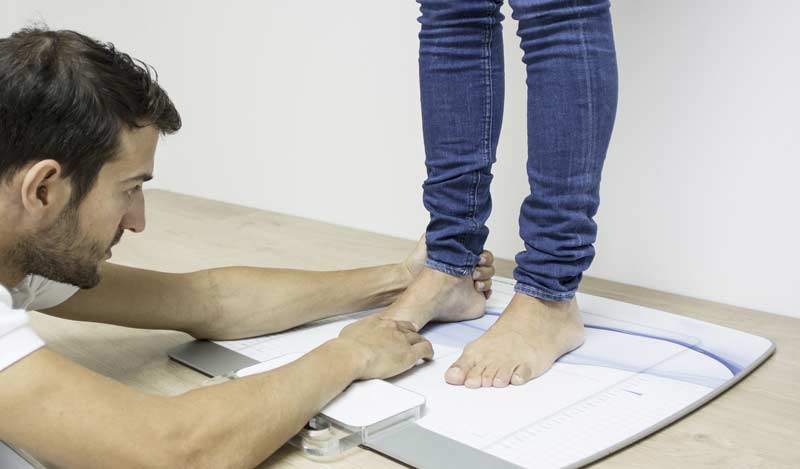
How to choose the right shoe
- Always try to buy your athletic shoes from a specialty store. If you play a sport, it’s a good idea to wear shoes designed for that sport. This may be necessary if you participate in a sport three or more times a week.
- Always buy shoes in the evening. During the course of the day the sugar and salt concentration increases, which causes fluid retention in the body, especially in the legs and arms. Feet tend to swell even if you have walked throughout the day. They will swell while running as well. Trying shoes in the evening will give you the best idea of the size that you may require. If you buy shoes in the morning, there are high chances that the footwear might turn out to be too tight by the time you start using it. Sometimes, it may be a possibility that one foot is larger or wider than the other, and then buy a size that fits the larger foot.
- While buying shoes, take a tracing of your foot with you. Stand barefoot on a piece of paper or cardboard and trace the shape of each foot. If a shoe is narrower or shorter than the tracing, don’t even try it on.
- Try the shoes wearing the same type of sock that you will wear for the activity.
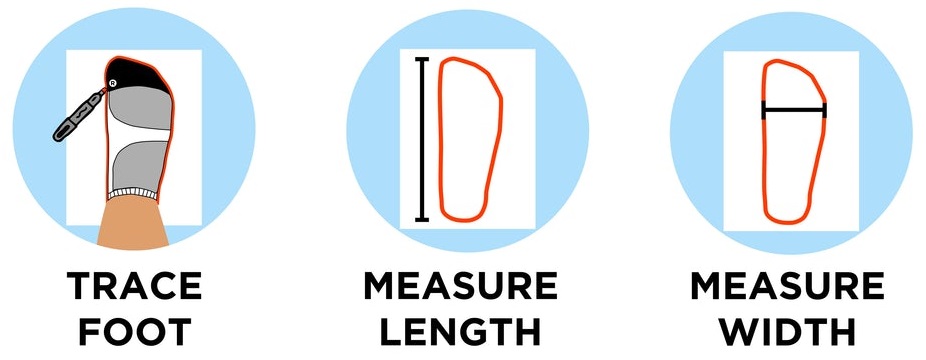
- There should be at least a 1/2 inch space between your longest toe and the tip of your shoes. The toe box — the front area of the shoe — should have ample room so that you can wiggle your toes. Your toes should never feel cramped in an athletic shoe. The shoes should be comfortable as soon as you try them on.
- When you try on shoes, walk around the store on different surfaces (carpet and tile, for example) to ensure that they are comfortable. Trust your own comfort level rather than a shoe’s size or description or the brand. Size vary from the one manufacturer to another.
- Make sure the shoes grip your heel. Your heel should not slip in the shoes when you move.
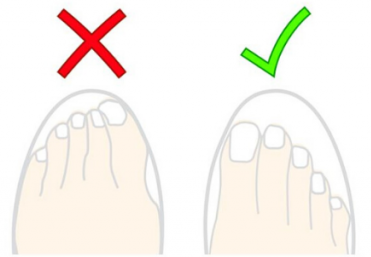
- Think about width as well as length. If the ball of your foot feels squashed, ask if the shoe comes in a wider size. Shoes that are a half-size larger — but not wider — may not help.
- Feel the inside of the shoes to check for tags, seams, or other material that might irritate your foot.
- Make sure that the shoes have not been sitting on the shelf for an extended period of time. While the materials of an athletic shoe are designed to accommodate a lot of stress, the cushioning may become less effective over time, even without use.
When to replace shoes?
- Look at the heel. Most people will wear out the side of the heel over time. When the heel becomes angled, it will alter every step you take and can cause pain in the leg or back. Shoe repair stores may be able to fix the heel. If not, replace the shoe.
- Running shoes can cause pain before they look worn. This is because they lose the capacity to absorb shock. The guideline to replace running shoes is every 350 to 500 miles. Running shoes older than one year old may also cause pain because of changes in the sole with exposure to humidity or heat. Save running shoes for running only and it will prolong the life of the shoe. Old running shoes can be used for walking.
What If you develop foot problems?
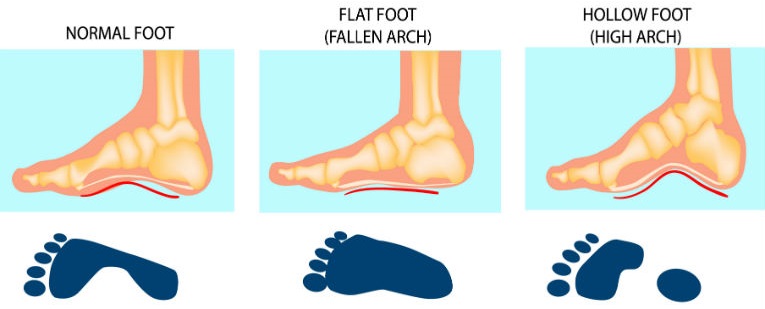
If you begin to develop foot or ankle problems, simple adjustments in the shoes may relieve the symptoms. Many of these devices are available without prescription.
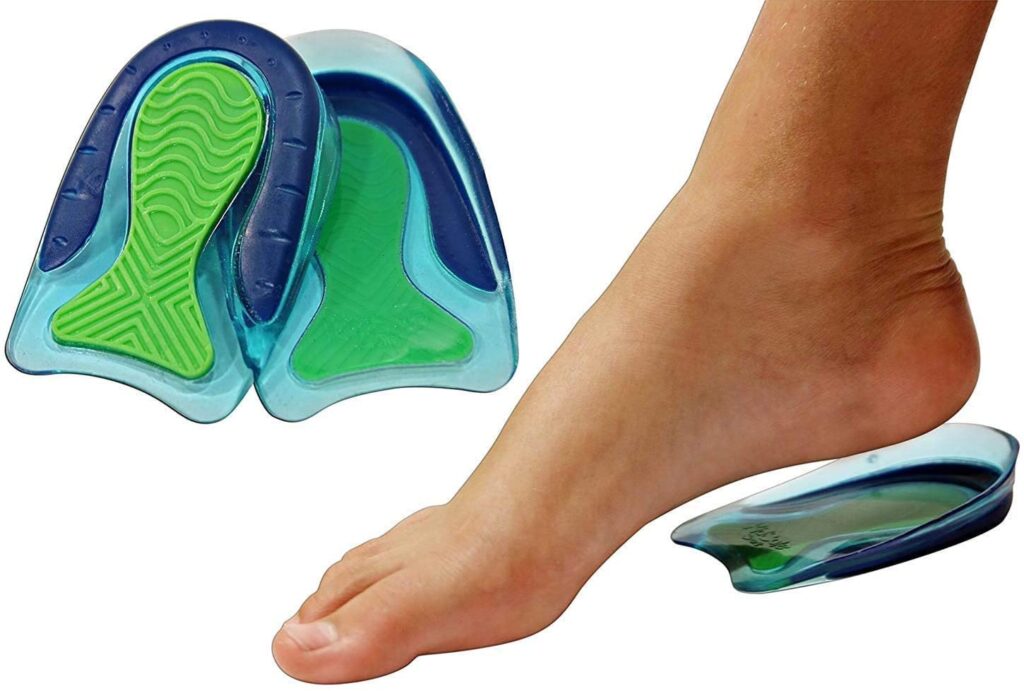
A heel cup provides an effective way to alleviate pain beneath the heel (such as plantar fasciitis). Made of plastic or rubber, the heel cup is designed to support the area around the heel while relieving pressure beneath the tender spot.
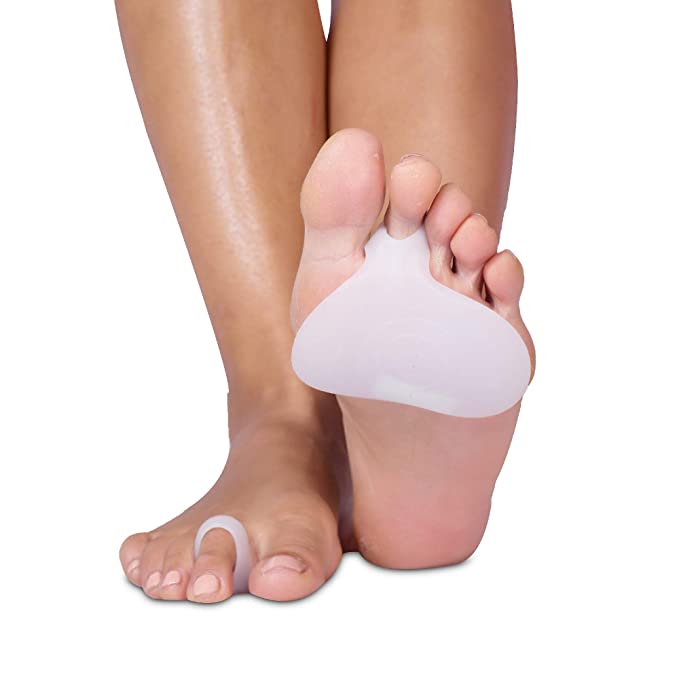
A metatarsal pad can help relieve pain beneath the ball of the big toe (sesamoiditis) or beneath the ball of the other toes (metatarsalgia). Made of a felt material or firm rubber, the pad has adhesive on its flat side. Fixed to the insole behind the tender area (closer to the heel or further from the toes), the pad shares pressure normally placed on the ball of the foot. This relieves pressure beneath the tender spot.
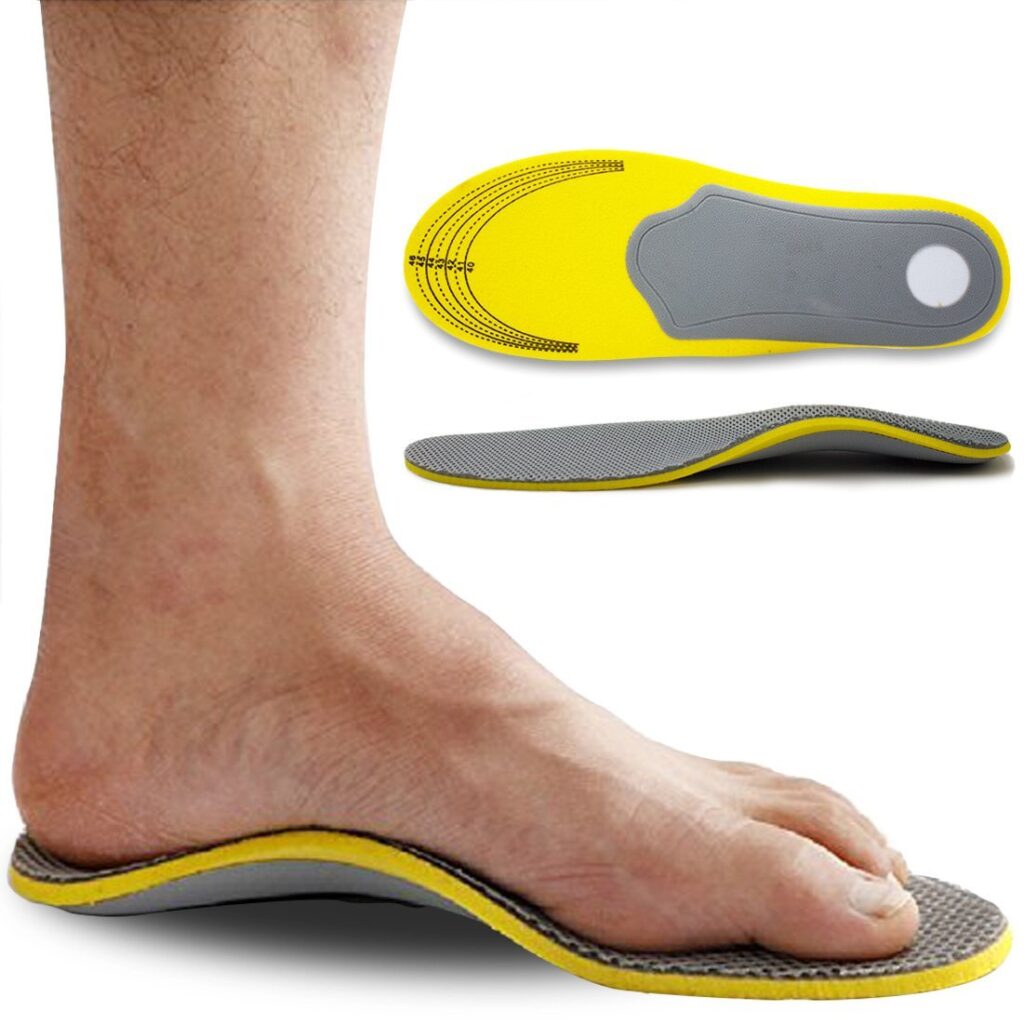
An arch support (orthosis) can help treat pain in the arch of the foot. Made of many types of materials, arch supports can be placed in a shoe after removing the insole (the removable inner sole) that comes with the shoe. Custom arch supports may be necessary for chronic (long-term) and complicated problems, including severe flat foot, high arches, shin splints, Achilles tendinitis, and turf toe. Custom arch supports are specially designed inserts that concentrate relief on a particular area while supporting other areas.
Talk to your foot and ankle orthopedic surgeon if you are experiencing foot or ankle problems. Working with your surgeon along with pedorthists and orthotists (specialists trained to make and modify shoe inserts) will ensure you get the right shoe for the best possible treatment.

Dr Saranjeet Singh
Fitness & Sports Medicine Specialist
Lucknow



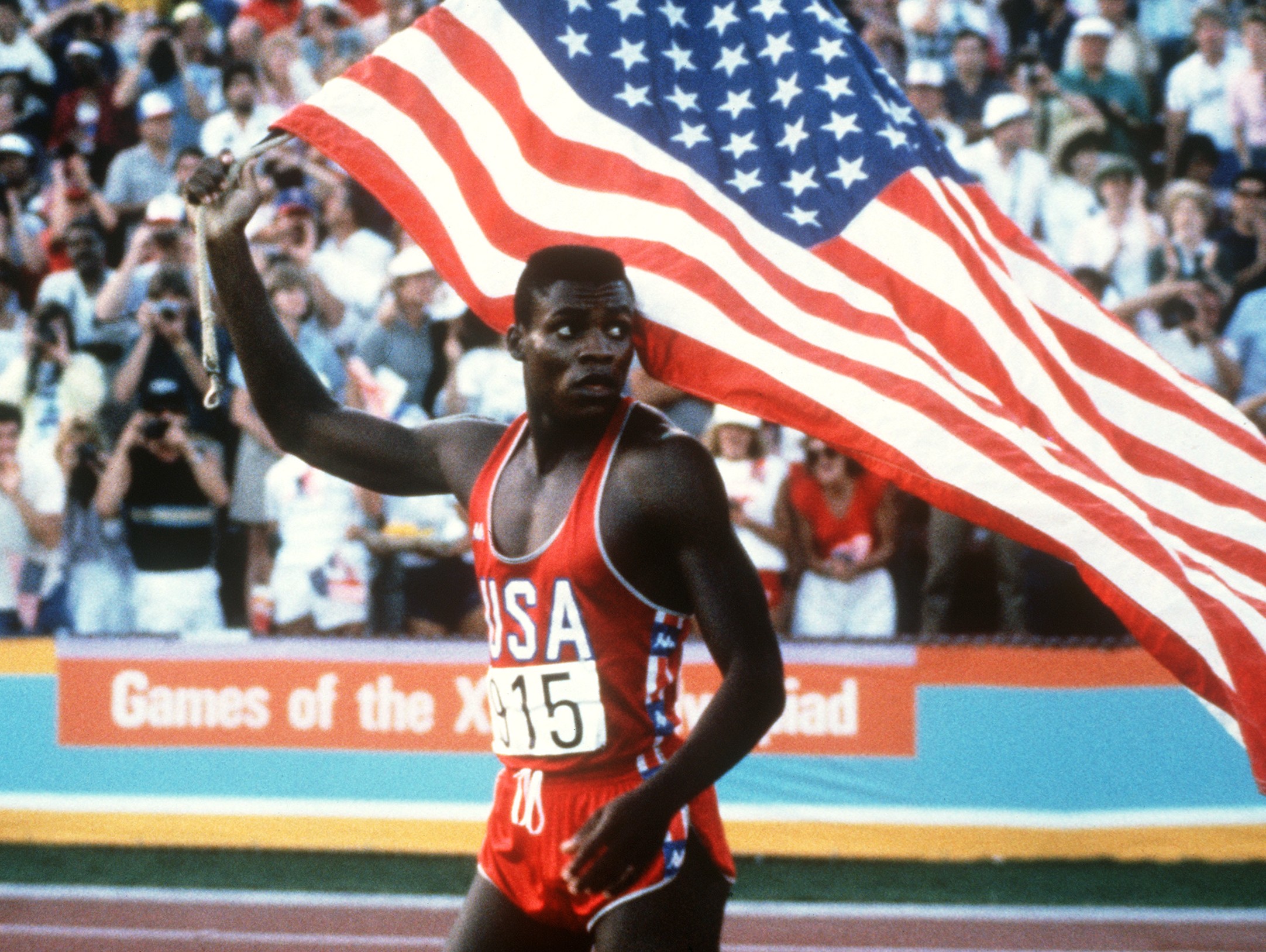




Relevant information👍
Never thought from this angle…
Thanks dr.saranjeet
Thank you Dr Alka.